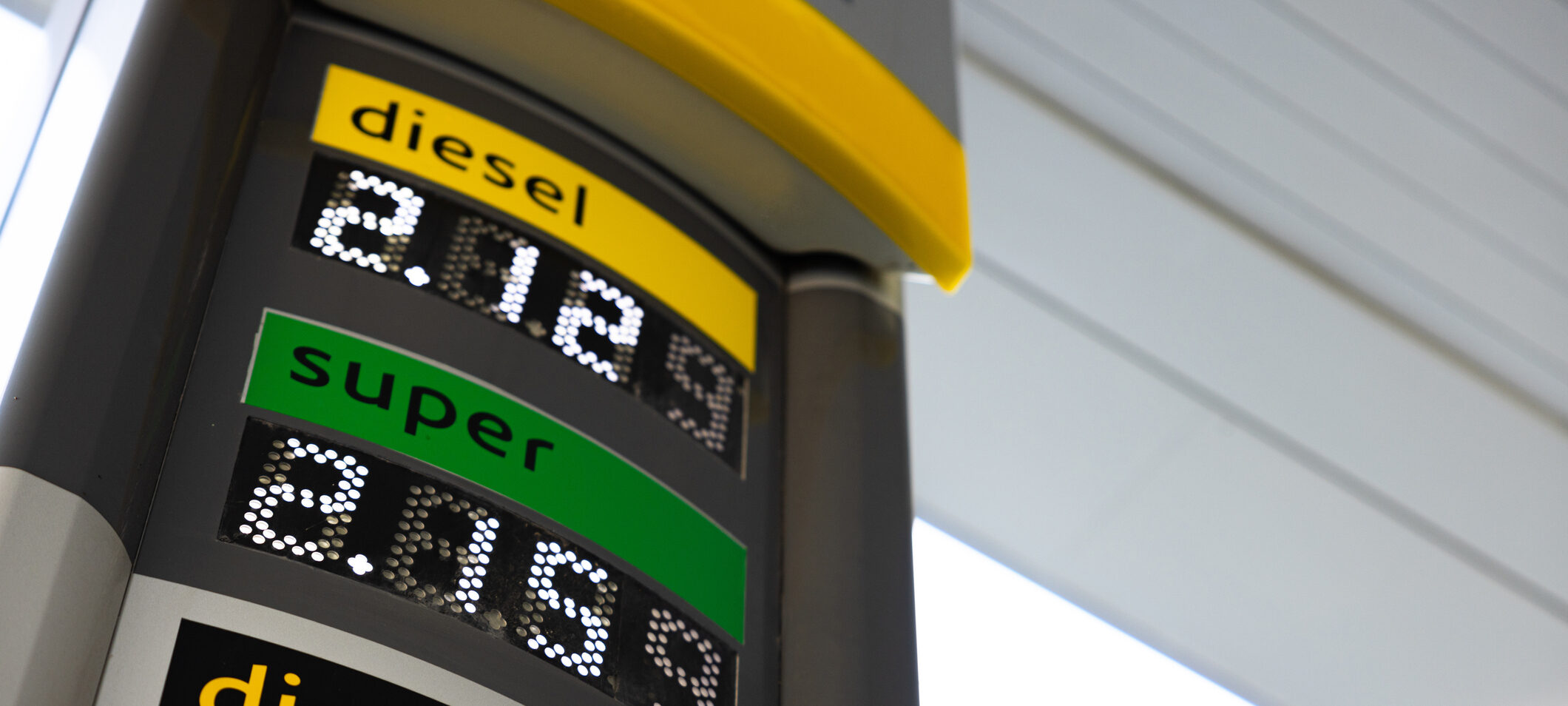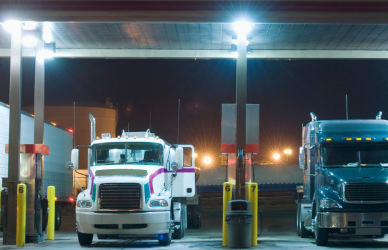The U.S. diesel market may finally be reaching a state of stability. On Nov. 14, the average price for most fuel surcharges dropped a few cents. This continued a seven-day streak of reducing prices for the diesel market, as reported by Freightwaves.
Diesel prices released by the Department of Energy (DOE)/Energy Information Administration (EIA) on Nov. 14 showed a decrease from $5.513 to $5.313. This marks not only the seventh day of declines, but also the fourth week in a row where the price shifted less than 3 cents. There was an increase of 0.2 cents, a decrease of 2.4 cents, followed by an increase of 1.6 cents and the most recent decrease of an even two cents.
This relative stability comes after six stressful weeks of increases/decreases above 5 cents, with two weeks of volatile increases of 38.8 and 11.5 cents.
When looking for the most apt lagging indicator, retail prices are the answer. Nov. 14’s decline of 2 cents stands out brightly against what’s occurred in future markets. There, prices have dropped for a full week, seven trading days. In the East Coast diesel market, there are signs of a squeeze.
On the CME, which just experienced a settlement right below $4/gallon, the price of ultra-low sulfur diesel was dropped 45.49 cents to rest at the Nov. 14 settlement of $3.544 a gallon. In ULSD, that settlement was significantly less than its one day high of $3.7037 per gallon.
The quick increase of prices was thought to be supported and encouraged by reports that the United States is about to experience two weeks of below normal temperatures.
Diesel prices are now being traced back to their crude prices as people search for an explanation. On Nov. 3, diesel was $1.75 more than Brent crude; now it is $1.25 higher.
Despite uncertainty on the cause behind current diesel prices, experts are sure that there is no reason to be concerned about a shortage. The claim that U.S. diesel was to be gone in 25 days was proved to be an inaccurate assessment. For now, consumers should and let go of any worry of a fuel shortage and enjoy the relatively stable diesel prices while they’re here.











